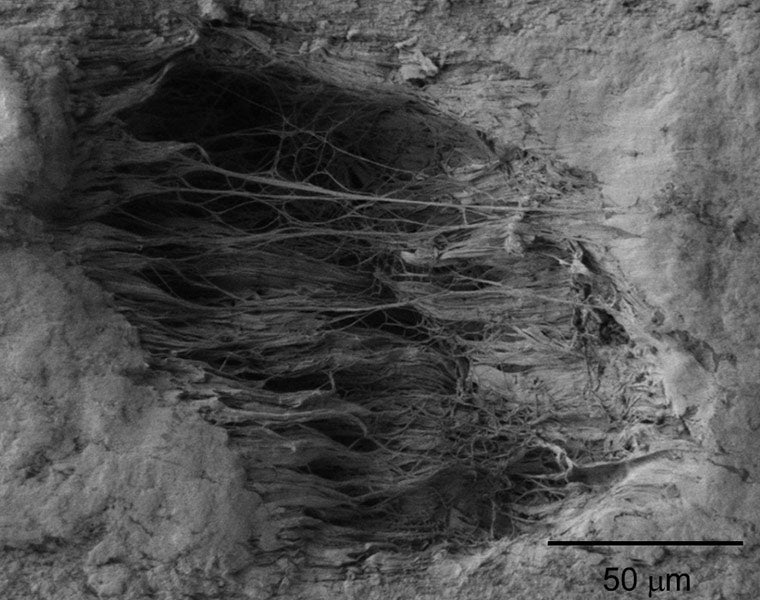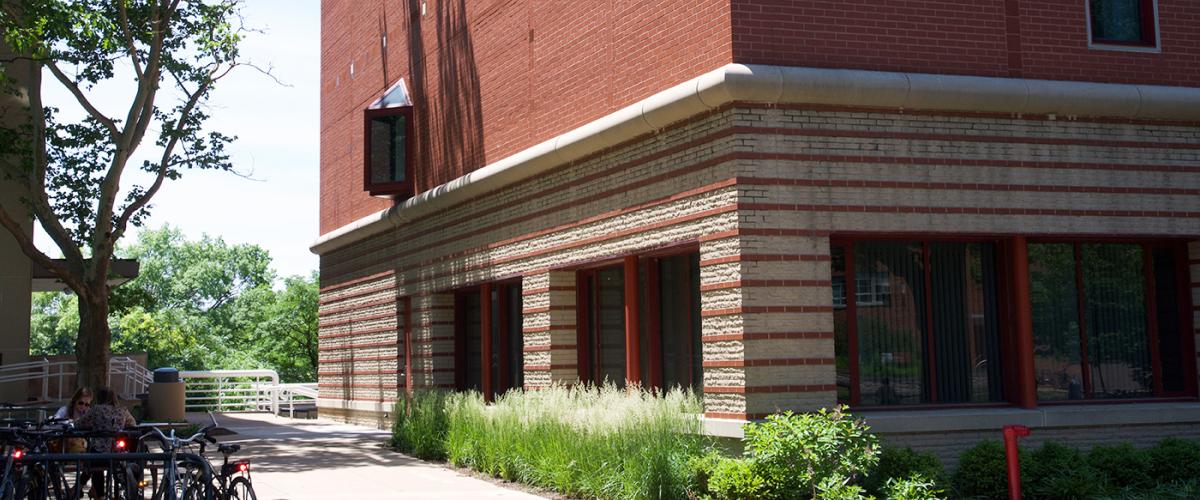New research indicates how static electricity puts the charge in material, offering answer to centuries-old question
For centuries, scientists have tried to understand triboelectric charging, commonly known as static electricity. Triboelectric charging causes toner from a photocopier or laser printer to stick to paper, and likely facilitated the formation of planets from space dust and the origin of life on earth. But the charges can also be destructive, sparking deadly explosions of coal dust in mines and of sugar and flour dust at food-processing plants. New research led by Case Western Reserve University indicates that tiny holes and cracks in a material—changes in the microstructure—can control how the material becomes electrically charged through friction. The research is a step toward understanding and, ultimately, managing the charging process for specific uses and to increase safety, the researchers say. The study is published in the journal Physical Review Materials. “Electrostatic charging can be seen everywhere, but we noticed some cases where materials appeared to charge more—like a balloon rubbed on your head, or packing peanuts sticking to your arm when you reach into a package,” said Dan Lacks, chair of the Department of Chemical and Biomolecular Engineering and one of the study’s lead authors. “Our idea was that a strain on the materials was causing a higher propensity for the materials to become charged,” Lacks said. “After blowing polystyrene to create the expanded polystyrene that comprises the peanut, the material maintains this distinct charging behavior indefinitely.”Testing the idea
 Changes in microstructure, such as this void and fibrils created by straining a polymer sheet, appear to control how the material charges through friction.
Scientists have long known that rubbing two materials, such as a balloon on hair, causes electrostatic charging. To test the theory that strain affects charging, the researchers stretched a film of polytetrafluoroethlyne (PTFE) and rubbed it against a film of unstrained PTFE.
“Triboelectric charging experiments are generally known for their—as some would say—charmingly inconsistent results,” said Andrew Wang, a Case Western Reserve PhD student and co-author who led the work. “What was surprising to me, initially, was the consistency of the unstrained versus strained charging results.”
Lacks, Wang and Mohan Sankaran, professor of chemical engineering and the other lead author of the study, repeatedly found a systematic charge transfer in one direction, as if the materials were made of two different chemical compositions.
After rubbing, unstrained films clearly tended to carry a negative charge and the strained film a positive charge. The finding was not consistent 100 percent of the time, but statistically significant.
In contrast, unstrained films rubbed together and strained films rubbed together appeared to charge at random.
Changes in microstructure, such as this void and fibrils created by straining a polymer sheet, appear to control how the material charges through friction.
Scientists have long known that rubbing two materials, such as a balloon on hair, causes electrostatic charging. To test the theory that strain affects charging, the researchers stretched a film of polytetrafluoroethlyne (PTFE) and rubbed it against a film of unstrained PTFE.
“Triboelectric charging experiments are generally known for their—as some would say—charmingly inconsistent results,” said Andrew Wang, a Case Western Reserve PhD student and co-author who led the work. “What was surprising to me, initially, was the consistency of the unstrained versus strained charging results.”
Lacks, Wang and Mohan Sankaran, professor of chemical engineering and the other lead author of the study, repeatedly found a systematic charge transfer in one direction, as if the materials were made of two different chemical compositions.
After rubbing, unstrained films clearly tended to carry a negative charge and the strained film a positive charge. The finding was not consistent 100 percent of the time, but statistically significant.
In contrast, unstrained films rubbed together and strained films rubbed together appeared to charge at random.





